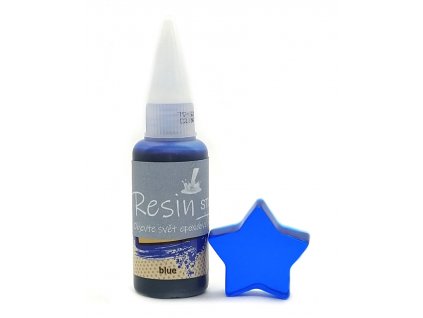Hardener for Start epoxy resin
Separate hardener (component B) for Start epoxy resin. It is useful in cases where there is a misweighing of components or spillage of component B.
You can choose from two options:
- Option 1 - 93 grams of hardener (component B). This package does not contain resin (ingredient A).
- Option 1 - 187 grams of hardener (component B). This package does not contain resin (ingredient A).
Mixing ratio: 100 : 23 (by weight).
Country of origin Czech Republic




The advantage of Start epoxy resin is a good price/performance ratio, as its use is universal and the price is low. This resin is characterized by its low viscosity, which reduces the formation of air bubbles when mixing the components and makes it easier to impregnate various materials with the resin.
It is not fully transparent and can be applied in layers of about 10-15 mm. In the case of higher castings, we recommend casting it in layers, after partial or complete hardening of the bottom layer. For higher end products, clouding may occur with uncoloured resin. The resin is very fluid and has self-leveling properties. It has a very nice surface even without machining. It can be well coloured and pigmented. Cures in approx. 24 hours, is easy to work and polish. It has excellent mechanical properties, high strength and cohesion.
Be the first who will post an article to this item!
Be the first who will post an article to this item!












